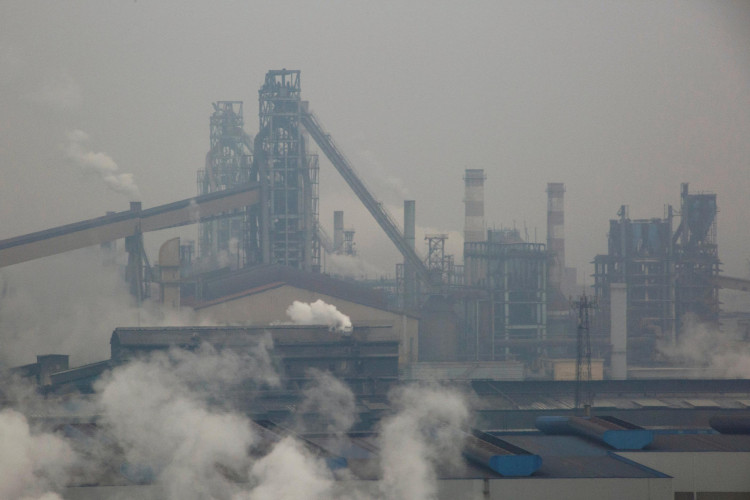How much air pollution do you encounter on a daily basis? According to a new study presented on Wednesday, the answer may be determined by the color of your skin.
People of color are breathing more of all of the major types of air contaminants, a study published in Environmental Health Perspectives has claimed.
While significant progress has been achieved in recent decades in reducing harmful contaminants in the air in the United States, racial inequities have remained, according to a study sponsored by the University of Washington (UW).
"For all pollutants, where there were noticeable differences in pollution levels, the most exposed group was a minority group," lead author Jiawen Liu, UW doctoral student in civil and environmental engineering, said, adding "the racial and ethnic disparities existed in all states."
The researchers calculated how different races' exposure levels compared after modeling the amounts of a variety of different air contaminants down to the neighborhood block level. The study also found that race was more important than wealth in determining who lived in the most polluted areas.
The report scientifically backs up what many Black and brown communities have been saying for decades, namely that they have been subjected to excessive amounts of industrial smoke and highway pollutants.
Last March, some of the same researchers published groundbreaking data that found racial disparities in exposure to a single pollutant, fine particulate matter.
This new study looked at six different air pollutants, ranging from nitrogen dioxide, a freeway gas emitted by truck and car tailpipes, to heavily mixed ozone pollution, which formed when swirls of chemicals are exposed to the sun.
The study discovered that racial differences were often greater in urban regions than in rural locations. California and New York had some of the most pronounced racial disparities.
The study, which focused on trends between 1990 and 2010, discovered that, while the United States has continued to make progress in lowering air pollution in the decades after the Clean Air Act was created in 1970, it has not bridged the racial gap.
Meanwhile, public awareness about polluted air has intensified. A slew of recent research has found that air pollution reduces life expectancy and impairs health outcomes, even at previously thought-to-be-safe levels. According to studies, air pollution kills over 100,000 people in the U.S. each year. Polluted air has been linked to preterm births, miscarriages, dementia, and COVID-19, according to new research.
On the other hand, it was noticeable that, across all states and all types of pollutants studied, minorities incurred the greatest burdens of air pollution.






